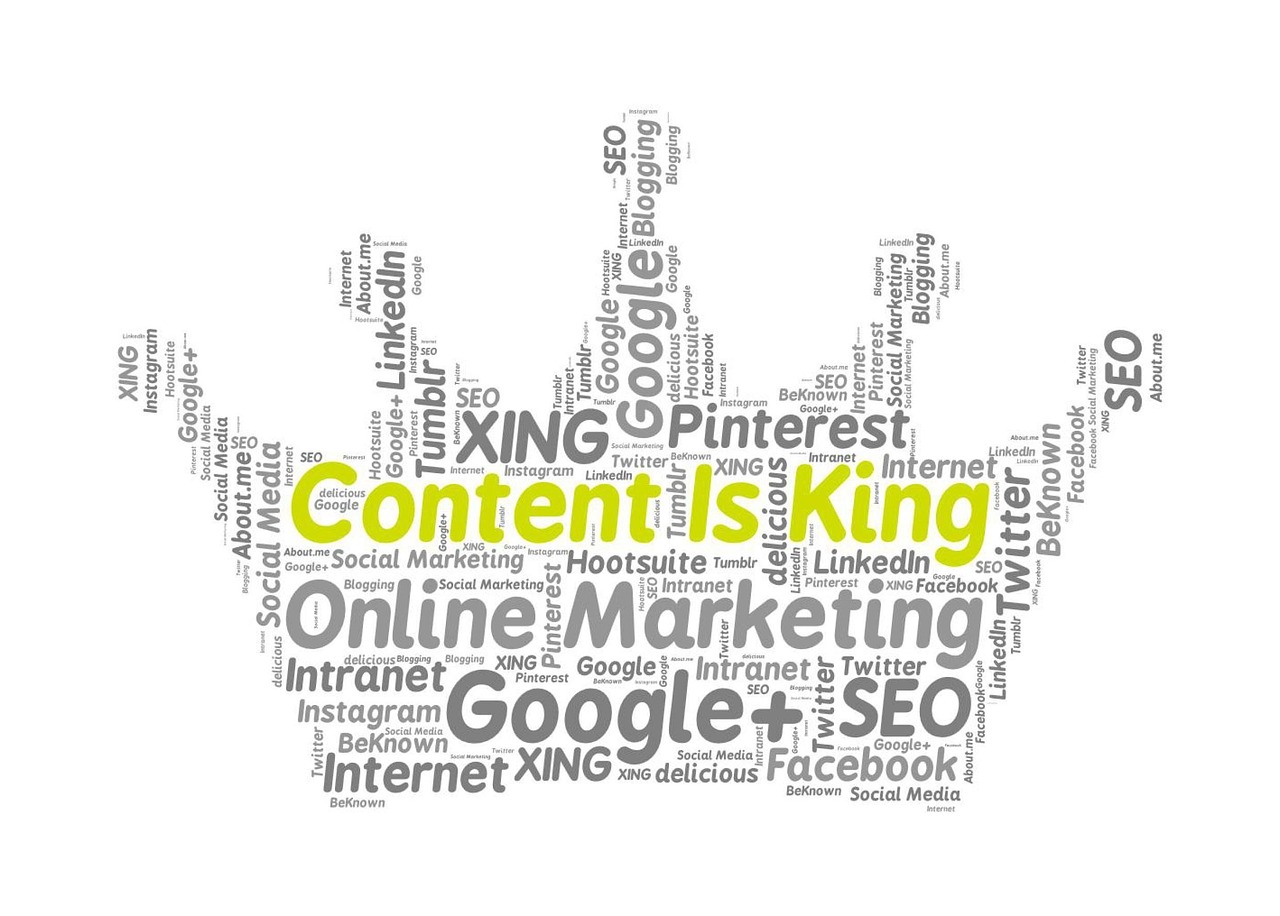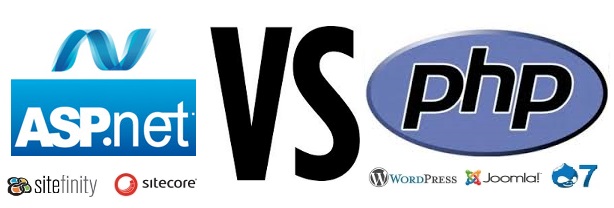
A good Content Management System should empower people to publish, edit, store and modify information with ease. A website, portal or intranet with a well-designed CMS is easily manageable and helps save time, effort and money. Whenever a business grows to a certain level, the need for such a system arises.
When it comes to selecting between CMSes, the broader debate falls to whether to go for an open source or proprietary solution. When it comes to choosing a proprietary CMS, .NET-based solutions have a lot of takers, especially in medium-sized and large businesses. The right answer to this would depend on what are the priorities of the organization. There are pros and cons of both Open Source and proprietary .NET systems and you need to gauge which of these fit your priorities and the resources at your disposal.
The important aspects that shape the choice of a content management system for an organization include:
1. Licensing Cost: An open source CMS can be downloaded free of cost and the source code is available to the user. Proprietary .NET software is licensed for use at a cost and the licensing fees can be pretty hefty.
2. Security: Since open source CMSes have their code open to all, it is considered more susceptible to hackers than a proprietary .NET CMS.
3. Technical Support: There is a large force of volunteers contributing to the development and support of open source platforms, as compared to only a few members of the support team of the proprietary software that will help you resolve your queries.
In case of open source CMS, at times when you need technical support, you would need to go to forums, look at the technical documentation or take some professional help on a fee basis from one of the volunteers having skill in open source. Thus, in theory, the required support is there, but there is no structure in terms of responsibility and accountability. The onus of finding support is on the client.
While in case of proprietary .NET systems, the company which licenses you the CMS software is responsible and accountable for the desired technical support. The dedicated team can resolve your queries in the minimum time frame while ensuring that you can focus on your core business activities.
So, if you are looking for accountability and convenience, proprietary .NET CMS is for you, while if you are open to spare more time and invest in customization and support services, you can go for an open source CMS.
4. Updates: In an open source content management system, there is a huge army of people consistently endeavoring to add new features, and thus allowing you to remain most updated. In case of proprietary systems, there is a technical team at the vendor’s end, who on an ongoing basis, evaluates the growing needs of their clients through feedbacks and ensures their needs are met by providing updates on their software. In terms of support, most major open source CMSes are at least as good as .NET ones.
5. Customization: If you have a team of in-house technical experts, you have the option of customizing the open source software, without actually incurring any extra incremental cost but there is always a fixed cost that of the in-house technical team. For customizing proprietary .NET-based content management system, you will have to approach the vendor for support, or hire a team of developers well-versed in the technology.
Open source customization can, at times, prove very costly, and it can make the cost of development soar. The choice depends on the amount of customization that you need, and on how well the existing features of a CMS overlap with your specific business needs.
6. Learning Curve: The administration time or cost could be pretty significant with an open source CMS, if you do not have an in-house support with decent technical capabilities or understanding. There is a learning curve associated with an open source software; so, if your in-house team has no previous experience with the open source software, it will take time for them to catch up. In case of proprietary .NET content management solution, the support and training is simpler, owing to the familiarity of the interface.
Bottom Line
At the end of the day, it is your needs and the preferences and abilities of your employees that will determine the choice of the content management solution. It is best to hire a consultant or a company to evaluate your needs and suggest the right choice.


